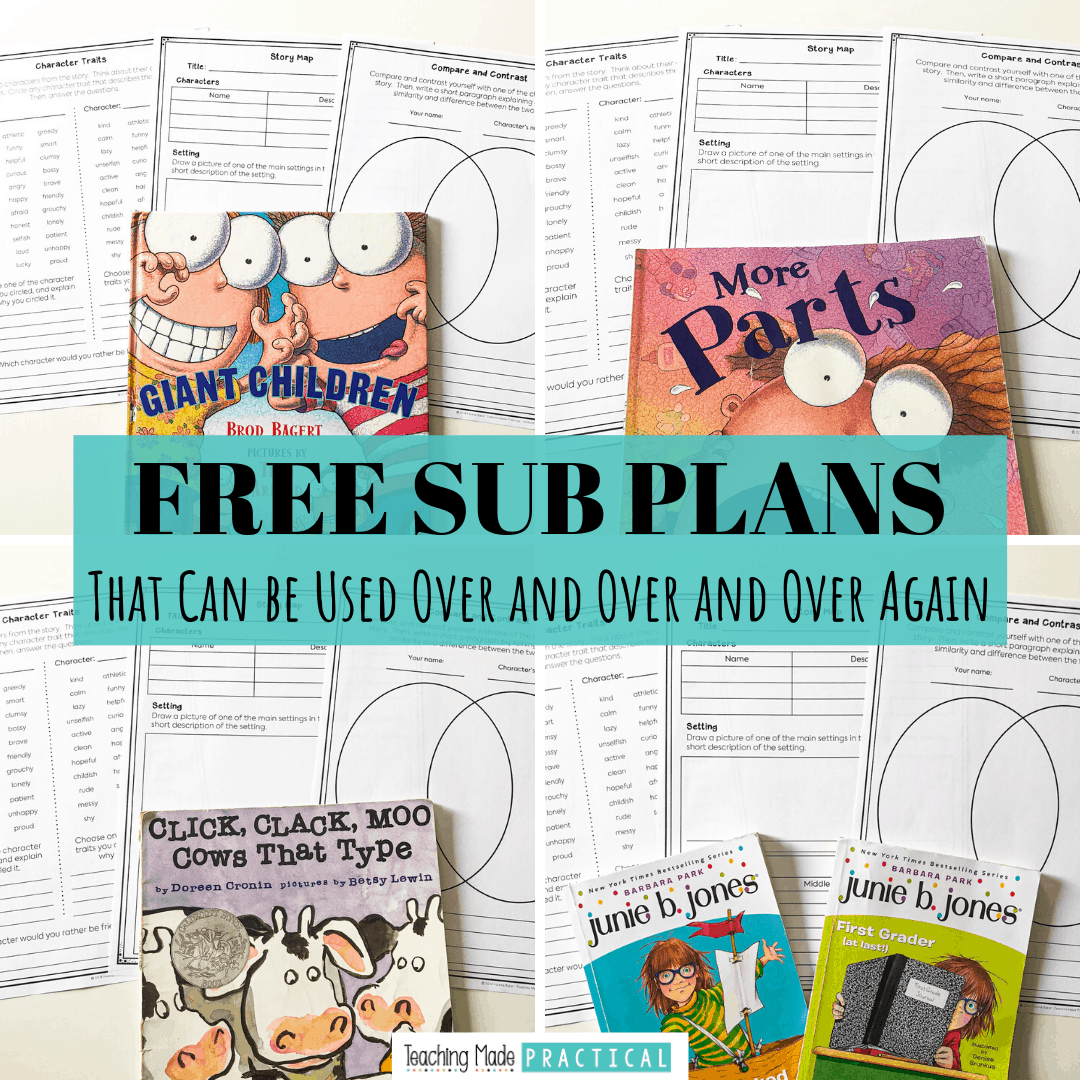
I resisted giving my upper elementary students classroom jobs for several years. Having to come up with a cute organizational system and procedures for my students to use the classroom job system seemed like a lot more trouble than it was worth.
Rotating jobs daily or even weekly wasn't appealing to me. I knew that every time my students changed jobs, I would have to answer a variety of questions, endure mistakes, have students who forgot to do their job, etc. Instead of helping, it seemed like having a classroom job system like this would really slow things down.
I finally tried out a classroom job system that allowed students to keep their jobs for extended periods of time. Now, I can't imagine running a 3rd, 4th, or 5th grade elementary classroom without it.
The Classroom Job System That Works
Since I wanted my students to keep their classroom jobs for extended periods of time, that meant not every student would get to experience every job. Which meant a rotational system wouldn't work.
Instead, I assigned students jobs for 9 week increments - so they only had a chance to do 4 jobs a year. Because students filled out a classroom job application and got a choice in what jobs they would have, they really took ownership of the jobs.
- I explained to my students all the possible jobs they could apply for and what that job entailed (check out this list of 32 classroom jobs for ideas).
- I had students fill out this Free Classroom Job Application that has students pick their top 3 job choices and explain why they thought they could do that job well.
- I explained to my students that I would be watching them carefully the next few days to see if they exhibited the qualities necessary to do the jobs they wanted to do well. Kind of like an "interview" process.
- I assigned jobs based on the job applications and "interview."
- Every 9 weeks, we would repeat the process.
Some jobs, like the pencil sharpeners, were highly coveted. In those instances, the "interview" process was important, and I explained to my students exactly what I was looking for.
My pencil sharpeners, for example, had to begin sharpening pencils the first thing in the morning. So students that were often tardy to class knew that the job would probably go to someone else that was usually on time. (See how I managed pencil procedures here.)
Take the classroom outdoors with these fun outdoor scavenger hunts that cover a variety of skills. The 8 scavenger hunts include:
- 5 senses scavenger hunt
- nouns and adjectives hunt
- math review
- living and nonliving
- syllable sort
- ...and more!
Get 8 scavenger hunts for $2.00 and enjoy some sunshine with your students!
Advantages and Disadvantages of this Classroom Job System
Disadvantages
The main disadvantage was that students didn't get to experience all of the jobs in the classroom. For most of the jobs this wasn't a problem, but for some jobs it was. For example, I didn't want my few photographers to be the only person to use a camera all year.
There's an easy fix to this, though. I planned lessons that gave all students the opportunity to experiment with a camera.
The other disadvantage is that sometimes students ended up with a job that wasn't on their top 3 list. Having one-on-one conversations with these students about why they weren't chosen for the jobs they wanted - and why they were chosen for the job they got - was always enough to get student buy in.
Advantages
The main advantage to this system was how much time and energy it saved me in the classroom! Routine tasks were able to be completed so much more quickly. With 9 weeks of practice, students were able to become very efficient at their jobs.
For example, my two paper passer outers got to the point where they were ready to pass out papers before I even asked. My librarians knew the ins and outs of my classroom library better than I did and kept my classroom library organized for me. My clipboard holder knew all the places I would accidentally leave my clipboard.
After about 2 weeks of practice doing their job, my students were experts. And it didn't take any effort on my part.
Another advantage to this system was that no cute classroom display was necessary.
For some this might be a disadvantage, but I'm not very good at cute displays. Plus, I guarded my wall space very carefully so that I had room for all the word walls and anchor charts that I wanted.
Instead, I had a typed out list on my clipboard (and in my emergency sub plans) of who did what job. Since the jobs didn't change very often, I memorized that list pretty quickly.
A final advantage to this classroom jobs system was that it aligns more realistically with how the world works. Not everyone will be good at every job. Not everyone will get the job they want. This gave me an opportunity to talk to students about real world job stuff like job applications and interviews.
Adapting this Classroom Job System to Your Classroom
Classroom jobs are supposed to help you and give students a sense of ownership in the classroom. So make sure you choose jobs that actually accomplish this. Assigning a student a job just for the sake of assigning a job isn't helpful for you, which usually leads to an unmotivated student.
Be creative with your jobs! Think about things that you often forget to do or feel like you don't have time for, and make it a classroom job.
For example, I would often forget to take attendance. So I created an attendance job - a student that would remind me to take attendance at a certain time. This attendance monitor would use a special hand signal every morning to remind me.
One year, my students were terrible at keeping their shirts tucked in (a school rule), so I created the job of "Uniform Monitor" to check everybody's uniform before we left the classroom. The next year, my students were much better at remembering to keep their shirts tucked in, so I didn't need that classroom job.
Having students perform daily tasks can really help your classroom run smoothly. However you decide to set up jobs in your upper elementary classroom, make sure it makes your job easier instead of harder.
Never Stress Over Sub Plans Again!

Make copies, find a fiction book, and you'll be ready for any emergency that comes your way!



Comments 2
Pingback: How to Make Your Classroom Jobs Pay Off for Behavior - Autism Classroom Resources
Great ideas!!